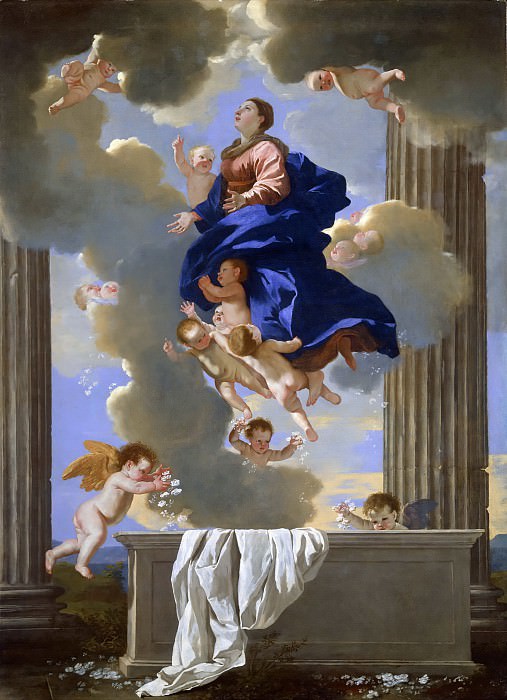The Visionary Landscapes of Paul Nash: A Journey Through Art
Paul Nash, an influential British artist, is widely celebrated for his distinctive landscapes that blend the natural world with a surreal and often haunting atmosphere. His work, deeply rooted in the English landscape tradition, is imbued with a unique vision that transcends mere representation. Nash’s art reflects his personal experiences, historical events, and a profound connection to the environment, making him a pivotal figure in modern British art.
Early Influences and Artistic Beginnings
Born in 1889 in London, Paul Nash was immersed in an environment that encouraged artistic exploration from an early age. His mother, who suffered from mental illness, had a significant impact on his early life, and this personal turmoil often found its way into his work. Nash’s education at the Slade School of Fine Art in London introduced him to the avant-garde movements that were shaping the early 20th century. However, it was his deep affinity with the English countryside that would become the central theme of his art.
Nash's early works were influenced by the romanticism of William Blake and Samuel Palmer, whose visionary landscapes resonated with his own love of nature. These early influences are evident in Nash's pre-war works, where he began to develop his distinctive style. His landscapes from this period, though grounded in reality, often hint at a deeper, more mystical connection to the land.
The Impact of War: A Shift in Perspective
The outbreak of World War I marked a significant turning point in Nash's life and work. As a soldier in the trenches, he witnessed the horrors of war firsthand. This experience had a profound effect on him, and his art took on a darker, more surreal tone. Nash’s wartime landscapes, such as "We Are Making a New World" (1918) and "The Menin Road" (1919), depict the devastation of war through barren, twisted landscapes that are both eerie and poignant.
These works are not just depictions of the physical destruction of the landscape but also metaphorical representations of the psychological impact of war. The once idyllic countryside is transformed into a nightmarish vision, reflecting Nash’s disillusionment with the conflict and its consequences. His war art is considered some of the most powerful and evocative works of the period, capturing the desolation and futility of war in a way that resonates with viewers to this day.
Surrealism and the English Landscape
In the 1920s and 1930s, Nash's work evolved as he became increasingly interested in surrealism. This movement, which emphasized the irrational and the subconscious, provided Nash with a new way to explore the landscape. His work during this period is characterized by a dreamlike quality, where familiar elements of the English countryside are juxtaposed with surreal, otherworldly objects.
One of the most notable works from this period is "Event on the Downs" (1934), where a landscape is interrupted by an inexplicable object—a giant tennis ball—hovering over the scene. This surreal intrusion disrupts the tranquility of the landscape, creating a sense of unease and mystery. Nash’s use of such motifs reflects his interest in the idea of the landscape as a place of both reality and imagination, a space where the visible and the invisible coexist.
Nash’s fascination with ancient sites and monuments also comes to the fore during this period. His paintings of Avebury and Stonehenge, such as "Equivalents for the Megaliths" (1935), reveal his deep connection to these places and his belief in their spiritual significance. These works, with their stark forms and muted colors, convey a sense of timelessness and mystery, inviting the viewer to contemplate the hidden forces that shape the landscape.
World War II and the Return to the Sublime
The outbreak of World War II once again brought Nash into the role of a war artist. However, his work during this period differs markedly from his earlier war paintings. Rather than focusing on the destruction of the landscape, Nash's work during World War II often explores the sublime and the transcendental.
In works such as "Totes Meer" (1940-41), Nash depicts a vast sea of wrecked aircraft, their twisted forms creating a sense of chaos and destruction. However, there is also a strange beauty in the scene, as the wreckage takes on an almost sculptural quality, reflecting Nash's ability to find aesthetic value even in the aftermath of destruction. This painting, with its bleak yet compelling imagery, is one of Nash's most famous works and encapsulates his unique vision of war.
Nash's landscapes from this period also include more peaceful scenes, where the natural world seems to offer a refuge from the horrors of war. His painting "Battle of Britain" (1941) combines the dramatic elements of war—planes in dogfights over the English countryside—with the serene beauty of the landscape below. This contrast between destruction and tranquility is a recurring theme in Nash's work, highlighting the tension between human conflict and the enduring power of nature.
The Legacy of Paul Nash
Paul Nash's contribution to British art extends far beyond his own work. As a teacher and writer, he influenced a generation of artists who followed him, including his younger brother John Nash, who also became a notable painter. Nash's writings on art, particularly his thoughts on the landscape and its symbolic meaning, continue to be studied and appreciated by art historians and enthusiasts.
Nash’s work has also had a lasting impact on the way we view the landscape. His ability to imbue the natural world with a sense of mystery and otherworldliness has inspired countless artists and photographers who seek to capture the hidden essence of the environment. Today, Nash's work is celebrated for its unique blend of realism and surrealism, its exploration of the psychological landscape, and its profound connection to the English countryside.
Conclusion: The Enduring Vision of Paul Nash
Paul Nash remains one of the most important figures in 20th-century British art. His work, which spans two world wars and several artistic movements, is a testament to his enduring vision and creativity. Nash’s landscapes, whether depicting the horrors of war or the tranquil beauty of the English countryside, invite the viewer to see the world through his eyes—a world where the familiar and the strange coexist, where the landscape is both a physical place and a reflection of the mind.
Nash's art continues to captivate audiences with its haunting beauty and its exploration of the deeper meanings of the landscape. His legacy as a visionary artist who saw beyond the surface of the world around him ensures that his work will be appreciated and studied for generations to come. As we look at Nash's paintings today, we are reminded of the power of art to transcend time and place, to connect us with the past, and to inspire us to see the world in new and profound ways.




